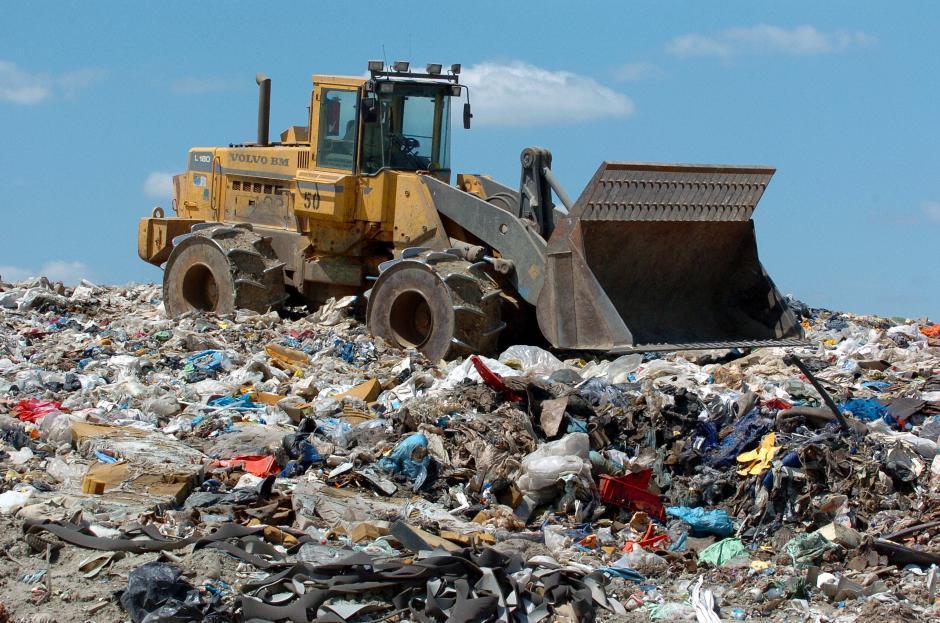By Nurun Najihah Rahim
Solid Waste Management and Public Corporation (SWCorp) reported that every day a total of up to 37,890 metric tons of food wastes are collected and it is calculated that individuals dispose at least 1.17kg wastes. It was also mentioned that the statistics keep on increasing from only 19,000 metric tons in the year 2018 to the latest total number.
Chief Executive Officer of Alam Flora Sdn. Bhd., Datuk Mohd Zain Hassan said that during the last new year celebration in 2020, nine metric tons of garbage were collected from three places – Kuala Lumpur City Centre (KLCC), Bukit Bintang and Dataran Merdeka. Such a magnificent record for less than a 12-hour celebration.
The increase in economic growth, purchasing power and population size as well as improved standard of living of the people have resulted in higher waste generation in Malaysia. The data above shows respectively that the Malaysian behaviour of excessive consumption resulted in the increase of wastes. According to one New Straits Times (NST) report (2009), the Malaysians’ attitude towards wastes is always the attitude of ‘Not-In-My-Backyard’ (NIMBY) syndrome.
Based on the article “Overflowing Garbage Bins: Impact on Health and Environment, and How to Prevent”, overflowing wastes also could contribute to air pollution which resulted in respiratory diseases due to uncontrolled fires emitted from smokes.
The article also stated that the reason why garbage is associated with bad odours is because of the air being contaminated with carbon dioxide, nitrous oxide and methane. The odours actually comes from the microbial degradation of solid waste that begins after several months to two years after deposition.
The article also stated that the solid waste garbage become the breeding place for bacteria, insects and vermin. The existence of those vermin could expose the community to other illness and also attract animals such as stray dogs and rats. This situation happened because open dumping is a potential source of disease.
Therefore, there are many ways that can be practised by the individuals on how to reduce excessive waste disposals such as recycling household wastes. If you are blessed with a land in your house compound, do take the initiative to start making your own fertilisers. For example, separate the eggshell from your waste, dried them off for a day and proceed to grind the eggshells until they becomes powder, then proceed to put them in the soil. This is the simplest organic compost which contain high nutrients for soil that everybody can do in their own house.
Other than that, separating household wastes according to the recycling bin colours also would help to reduce the waste piling in the landfill. The recycle bin colours such as orange indicates the bin is for plastic and aluminium, the blue colour is spared for paper and the last one brown colour is specifically for glass.
Additionally, Zulkifli Tamby Chik from SWCorp Director Research and Technology Diversion is confident of achieving the target following positive development with the increase in the collection of recycled goods, apart from having reached the target of 30 percent this year (NST, 2 August 2020). So, solid waste generation may be reduced by 40 percent during the MCO along with the positive development.
But most importantly, people need to ensure that they are practising ˜zero plastic and ˜zero waste by not spending excessively on food and operates daily only with reusable items. Plastic not degrading after it has outlived its usefulness and it lasts forever in our environment. An Arizona State University study on human organs release in August confirmed microplastics are in our bodies, and studies have also found plastic in animals (Malay Mail, 7 December 2020). As we can see, efforts to offset the spike in plastic products by using biodegradable plastic do not work either.
People should start to realise that if it is too many waste produced, it would result to the landfill slowly becoming a mountain and the waste management is running out of space to make another landfill.
Remember that almost all the landfills in Malaysia do not come under the sanitary landfill classification because either there are no facilities to collect and/or treat the leachate and there is no infrastructure to exploit the landfill gas. Just imagine the leachate may contaminate our source of drinking water and how health hazards we can get. Nobody wants the story of leachate from Ampang Landfill and Pollution of Michu River in 1998 to happen again.
The responsibility to reduce daily wastes is being held by all. If we still do not realise the consequences of this problem to our country’s green sustainability, how can we expect the future generation to know the sea lion, tapir and penguin in the flesh? ***
